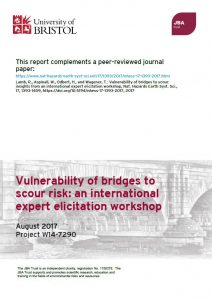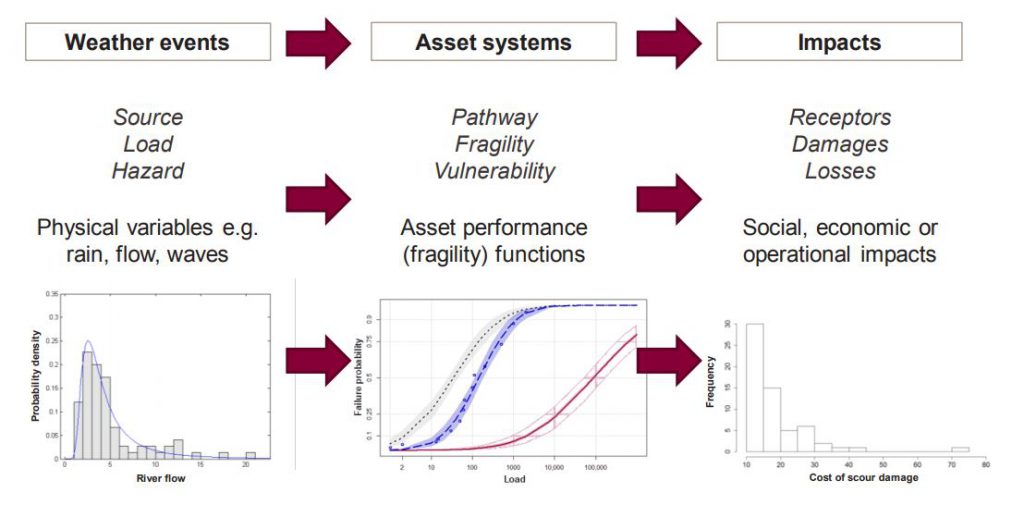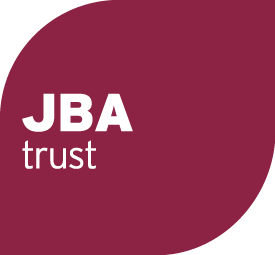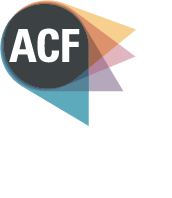Vulnerability of bridges to scour: insights from an international expert elicitation workshop
A research paper published in the journal Natural Hazards and Earth System Sciences reports on a collaboration between JBA Trust, University of Bristol and 19 experts from around the world to gain new insights about the vulnerability of bridges to scour, and especially the scientific uncertainties involved in estimating the probability of bridges failing as a result.
The paper is supported by a more detailed technical report, available here from the JBA Trust.
 Scour, or localised river channel erosion, is one of the most important processes that places bridges at risk of collapse during or after flood events. Modern design, maintenance and monitoring standards help to mitigate the risk, and so failures are rare. But they do still occur, and although many models have been developed to predict scour, none are perfect; so the residual risk is not understood with complete certainty. In this situation, where there has been a wealth of research about a known but nevertheless rather unpredictable risk, expert knowledge can be a valuable resource to help make informed judgements about the problem.
Scour, or localised river channel erosion, is one of the most important processes that places bridges at risk of collapse during or after flood events. Modern design, maintenance and monitoring standards help to mitigate the risk, and so failures are rare. But they do still occur, and although many models have been developed to predict scour, none are perfect; so the residual risk is not understood with complete certainty. In this situation, where there has been a wealth of research about a known but nevertheless rather unpredictable risk, expert knowledge can be a valuable resource to help make informed judgements about the problem.
The difficulty in seeking expert judgements is their inherent subjectivity. In this study, we used carefully structured expert elicitation methods to ask the 19 experts about the likelihood of bridge failures under various scenarios, and to place bounds on those estimates reflecting their judgements about the uncertainty inherent in scour risk.
The study reveals and quantifies wide uncertainties about scour risk, even taking account of investments in bridge inspections, risk assessments and maintenance, underlining the residual risk of scour and the need for continued monitoring and research into scour vulnerability.
The experts views are broadly in line with industry practice in countries with well-established scour assessment guidance, but suggest wider uncertainty about scour risk than might be inferred from observation, models or experiments alone.
One of the findings of the study was that the expert group considered that risk factors adopted to predict scour vulnerability could be both physical in nature (for example, water levels or velocities), or probabilistic (for example, the annual exceedance probability or return period of a flood). We hope that the results will be able to inform the future development of probabilistic models for scour risk, linking together analysis of the occurrence and severity of floods with models for the probability of bridges being damaged by scour, and the consequences of the damage (see below).

The research was supported by the UK Natural Environment Research Council (NERC) under the Environmental Risks to Infrastructure Innovation programme, grant number NE/M008746/1, and JBA Trust project number W14-7290.

